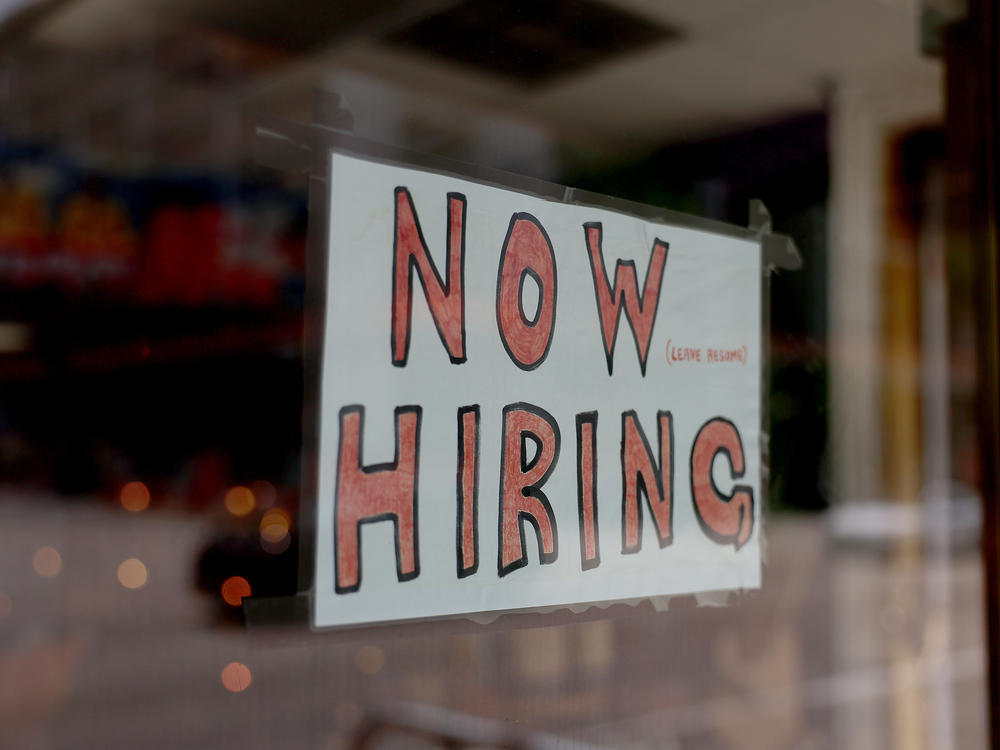Section Branding
Header Content
Millions of additional salaried workers could get overtime pay under Biden proposal
Primary Content
Millions of salaried workers would be newly eligible for overtime pay under a proposal unveiled by the Biden administration Wednesday, but the draft rule is likely to face pushback from business groups that blocked a similar effort under former President Obama.
The proposed rule would raise the threshold under which workers are automatically eligible for overtime pay to about $55,000 a year, from the current level of about $35,000.
Many salaried managers in low-wage industries such as retail and fast food are currently exempt from earning overtime pay, even when they work long hours.
"For over 80 years, a cornerstone of workers' rights in this country is the right to a 40-hour workweek, the promise that you get to go home after 40 hours or you get higher pay for each extra hour that you spend laboring away from your loved ones," said Acting Secretary Julie Su.
The administration estimates the measure would make about 3.6 million salaried workers eligible for time-and-a-half pay.
In the waning days of the Obama administration, the Labor Department ordered a similar increase, boosting the threshold from $23,660 to $47,476. That move was blocked, however, by a federal judge. The Trump administration then crafted its own rule, using the $35,000 threshold that's in place today.
The Biden administration calls for automatically raising the overtime threshold every three years, to keep pace with rising wages.
The National Retail Federation says it's studying the proposed rule, but suggests the increase to a $55,000 threshold is too large.
"The proposed number is significantly higher than the rate of inflation," said David French, the federation's senior vice president of government relations. "Further, the attempt to tie the hands of future administrations through automatic increases exceeds the Department's authority."
The Labor Department is seeking comment on the proposed rule for 60 days.
Copyright 2023 NPR. To see more, visit https://www.npr.org.

